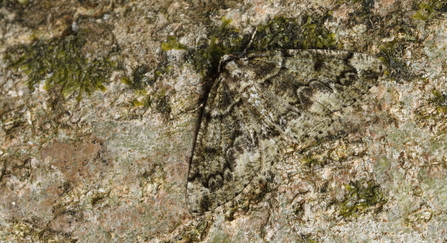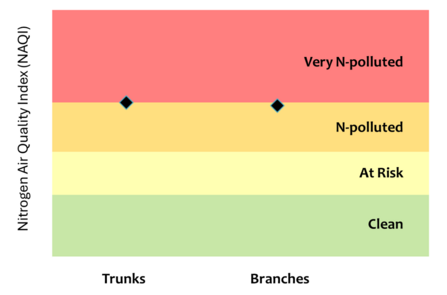One of the first things you discover in conservation is its hierarchy of interests. People love nature, but they love some of nature more than others, or at least give it more attention.
Top of the Pops are the birds, and it is not hard to see why. They are active (mostly) in daylight, many of them are reasonably easy to spot, they can be colourful, they can be dramatic, and they can sound fantastic. From the dawn chorus to starling murmurations over Brighton Pier, they provide some of the most impressive and accessible experiences nature has to offer in the UK.
For some of those same reasons, but not all, butterflies and flowering plants (except grasses) are pretty popular too. Mammals (with some exceptions), reptiles, fish and amphibians can be a bit harder to find, but they also attract a lot of justified curiosity.
With the fungi, moths, bees and dragonflies, we are into the realms of the more niche interest, but many generalist nature-lovers can name a few at least. Beyond these groups, there are the occasional well-known species (glow worms and stag beetles, for example) but we are deep in the territory of small communities of specialist enthusiasts.
In the UK, there are literally thousands of species of beetle, bug and fly, spider, slug and wasp to name but a few broad groups. Numbers of these could be seen casually on any walk in a local wood or park, but hardly any of us could name even a few. The same is true of the lichens. How many people do you know who could name 10 lichens commonly found on trees in Surrey? Most likely, I would guess, the answer is no-one.
Of course, there are reasons why lichens do not set everyone’s pulse racing. It is true, I will admit, that some look rather more like a patch of ageing paint than a living thing (see picture 1), although the fact that they are nonetheless alive is, I think, remarkable enough. But others offer more for the eye: there is beauty to be found in lichens, if you care to look closely.
In the dismal grey of an English winter, the light apple-green of Flavoparmelia caperata stands out against dark, rain-soaked wood (picture 2) as does the rich yellow of Xanthoria parietina (picture 3).
Both of these are very common in England these days, for reasons I come to below. Then there are “shrubby” lichens (picture 4) which can clothe whole branches in silvery grey: quite a sight, even from a distance.







